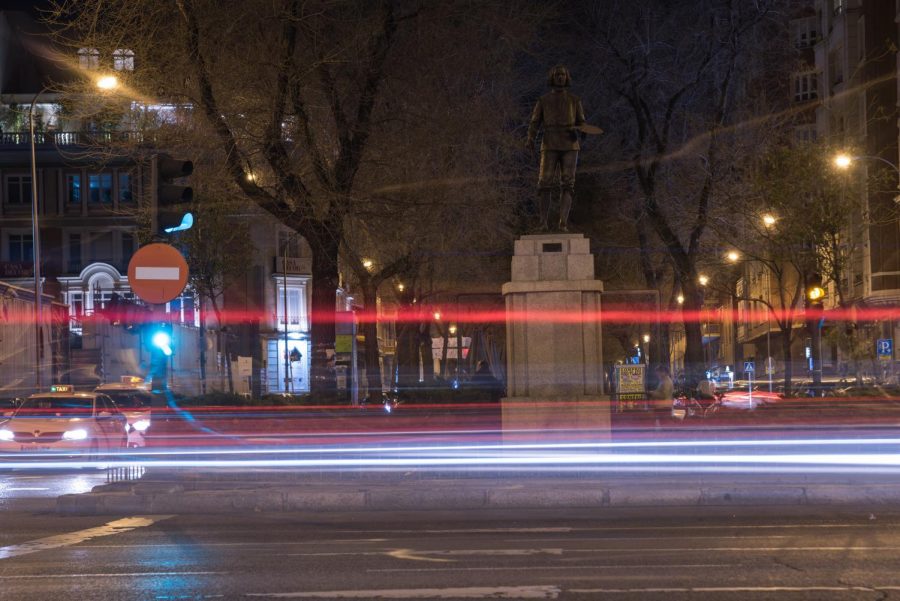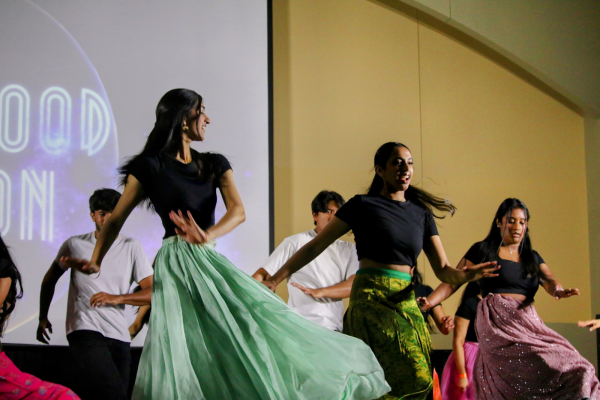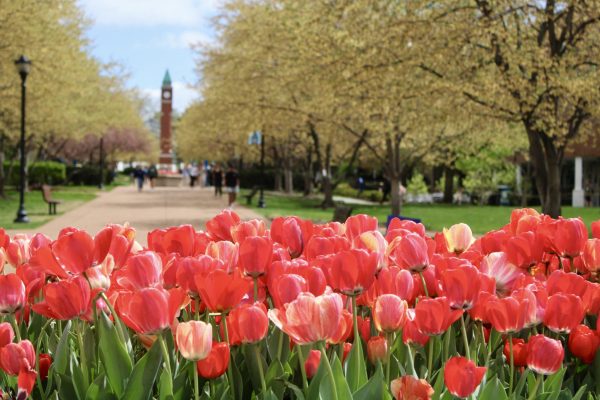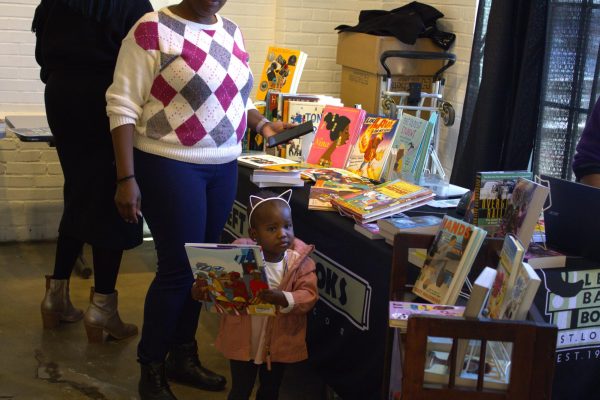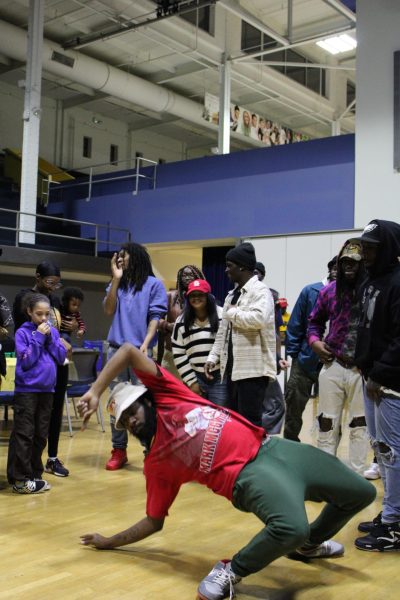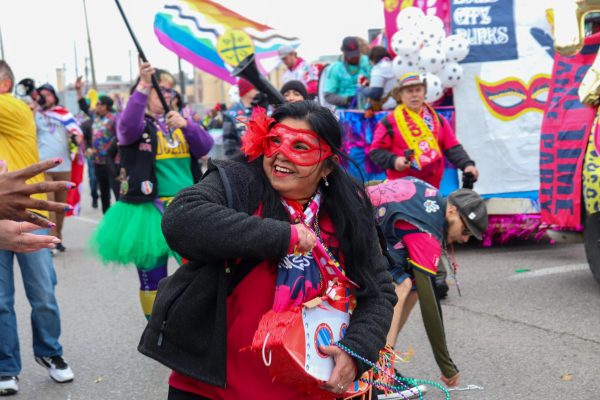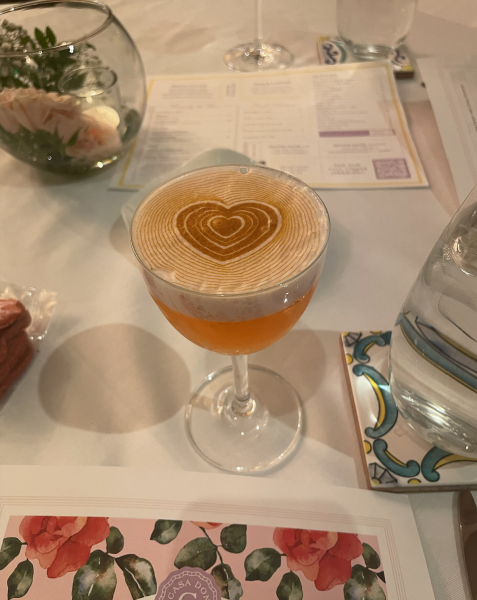Raise a Glass to the Arts
On any given day, men in suits and women in high heels and long trench coats can be seen going past luxury boutiques on Calle Velazquez, situated in the heart of Madrid.
But at around 10 p.m.,when the shops close their displays and the workers go home, this area really comes to life.
Restaurants along this street such as La Muraca and Monsieur Sushita and bars like Morao and La Flaca open their doors, and Madrid’s spectacular nightlife begins.
“Madrid is actually the city that never sleeps,” said Andres Guas, a student at UIBS and frequent nightclub goer. “The streets are more packed at 10:00 p.m. at night than they are on any Saturday morning.”
With this competition, bars and restaurants have had to reinvent themselves in order to stay afloat. Spain has more bars per inhabitant than any other country in the EU according to El Pais. In the Capital of Madrid, bars are a dime a dozen, this oversaturated market has left bar owners no other choice than to put on their thinking caps. One trendsetter and embodiment of this creativity is no other than Arts Club, which sits in the middle of Calle Velazquez.
One way they are doing this is by having art expositions within their corridors. As its name reveals, Arts Club started this trend in “attempts to attract more clients,” said Arts Club Promoter Manuel Laparte.
“Before the crisis, people would go out more frequently,” said Carlos Lopez, marketing coordinator and Madrileno. “However, even after this country recuperated, there was a change with how the Spanish started to spend their money when going out.”
Where bars are as abundant as people’s expectations, the addition of local art expositions help set them apart from the many options Madrid city-goers have to choose from. As you enter inside Arts Club, the entrance walls are lined with mismatching seats and round, dark wooden tables. Looking up you can catch a glance of Mexican artist Aurora Covarrubias’ latest exposition. Inspired by the fast-pace life Madrid has to offer, along with her Mexican heritage, her pieces display bottles of tequila and mezcal. Almost every piece displays something pink, weather it be lips, a bottle, pants or even the American $100 bill, which was transformed into a long, hot pink canvas.
Expositions like Covarrubias’ allow not only for her to gain publicity, but also attract more people to the venue. “Killing two birds with one stone,” said Covarrubias. Many of the night goers that stop upon Arts Club, are coming to actually see her exposition. They get this information from social media platforms such as Instagram, through hashtags.
While Arts Club might have been the first venue in Madrid to start the trend of art expositions, other, smaller bars around the city have quickly caught wind of this.
In Malasana, the more hipster barrio of Madrid, a few bars have also caught on to this trend. On Calle Valverde 24 lies Verbena Bar, a much more casual place of leisure, considering they also open for breakfast. Here, 20-something hipsters of all nationalities can be observed sipping on iced lattes, freshly squeezed juice and tea.
Upon walking into Verbena Bar, you can observe an illuminated, long venue. astel colored liners hang from one end of the roof to the other side. Along the cream colored walls are hundreds of watercolor paintings, original drawings and old photographs placed in mismatched frames which oddly match the mismatched furniture.
While indulging in typical Spanish tapas, like tortilla and patatas bravas with a Cold Doble of Mahou, one is surrounded by the hard work of local Madrileno artists. One of many examples amongst this venue’s walls is the small square canvas, which is a copy of Frida Kahlo. The brushstrokes paint her red dress like velvet and her thick brown eyebrows seem almost life like. Other places of the moment such as La Fabrica have also taken this trend and ran with it. Open seven days a week, this small coffee shop, no larger than 400 square meters, has begun to expose contemporary art. However, along with this, they also have a library filled with photography books.
Currently, amongst the white walls of La Fabrica is Marc Chagall’s contemporary exposition, on loan from the Museo Guggenheim of Bilbao, Spain. The European Vanguard exposition reveals pieces from the Interwar period, a time when Spain was going through a civil war. This contemporary exposition, is “rival of Picasso’s Guernica in the Reina Sofia, and worthy of visiting,” said Vera Mateus, visitor to La Fabrica.
“Everyone has a curious side,” said Manuel Laparte. “And most importantly, the young people of Madrid want to be and feel the now.” Like previously mentioned, art expositions give a variety of venues the opportunity to expose up-and-coming artists to the public, while simultaneously allowing them to attract more customers. It turns out that young people relate better to art while sipping on Spanish beer and gin and tonics.
This is extremely important considering that in Spain, “almost half of Spanish artists do not not make it to 8,000 euros a year,” according to a Spanish study by Lamono. This exposure helps many struggling, up-and-coming artists gain publicity and recognition.
However, there is another side to this coin. It also allows for art to spread in the capital of Spain, in a time where less and less young people are visiting traditional sources of art such as museums. A study conducted by La Caixa undercovered that only around only “22% of Spanish men and women between the ages of 16-29 had visited a museum.”
“Just because some people don’t understand art, doesn’t mean it is irrelevant,” Aurora Covarrubias said. “The past, present and future need an outlet, in this logical world.”
Your donation will support the student journalists of Saint Louis University. Your contribution will help us cover our annual website hosting costs.


